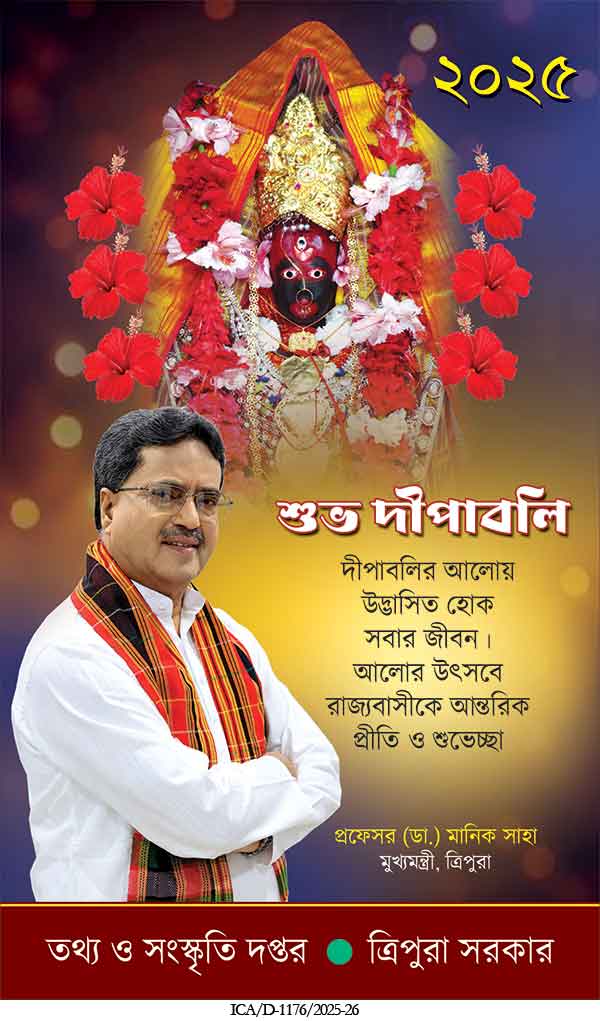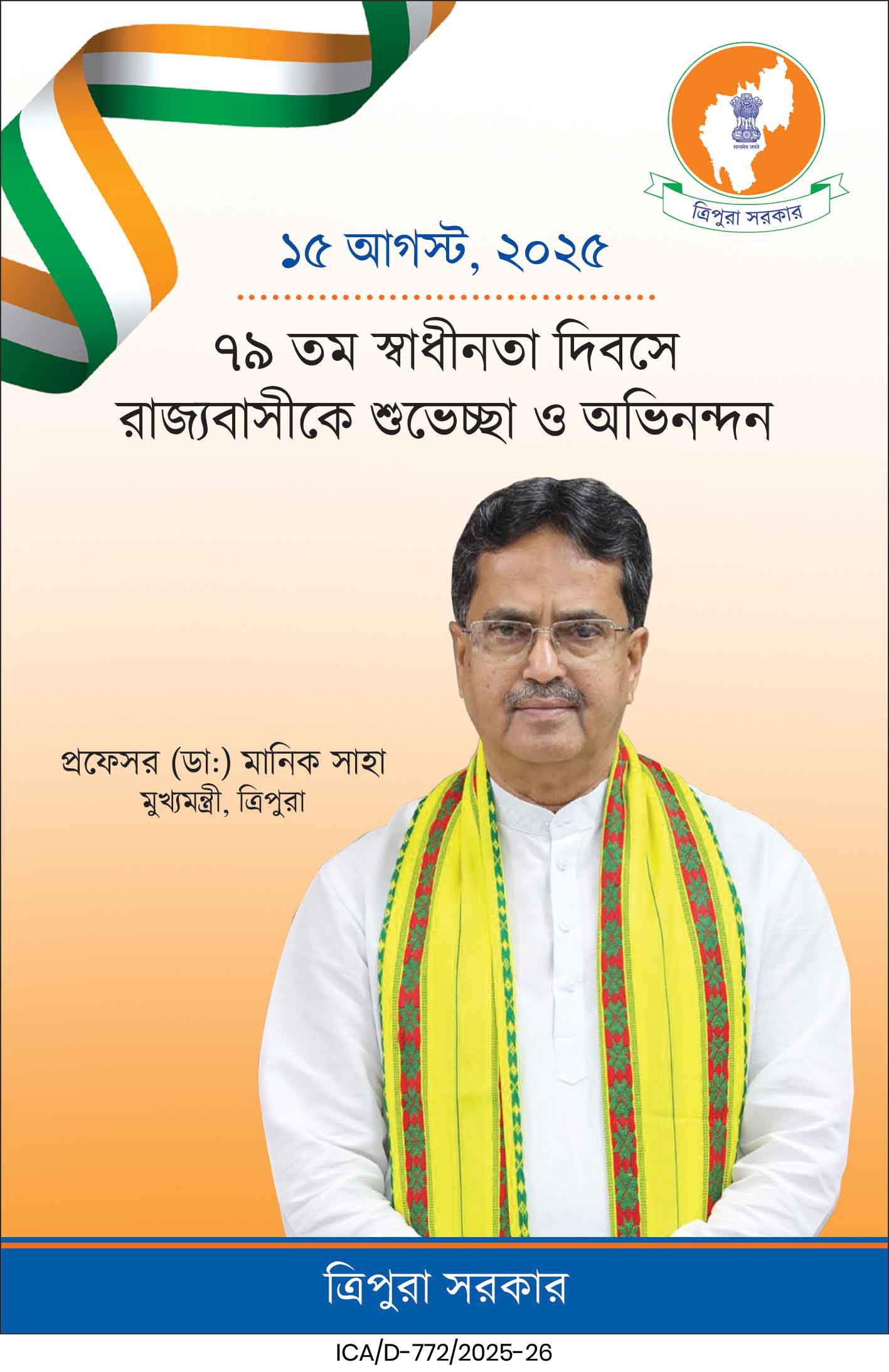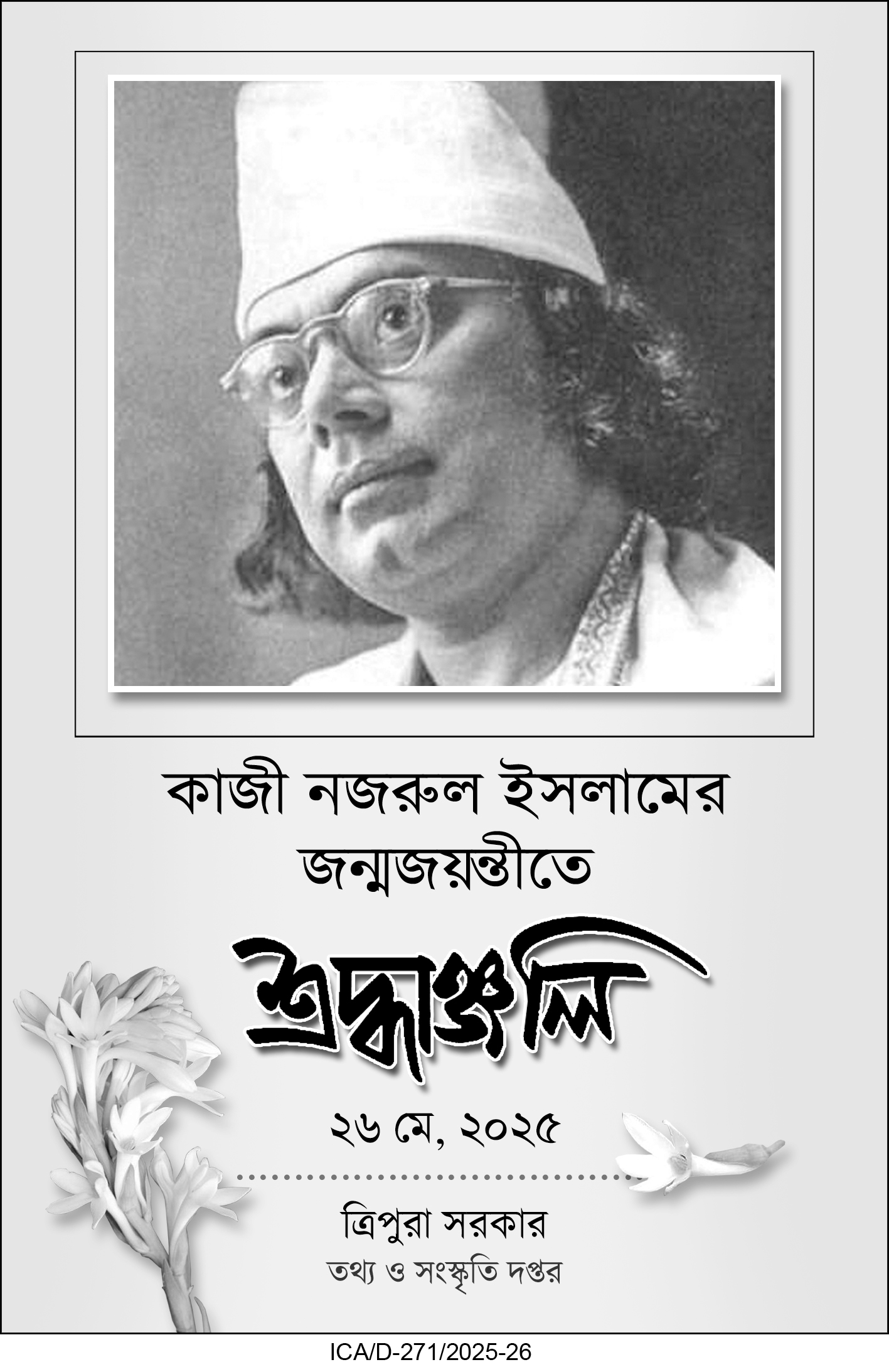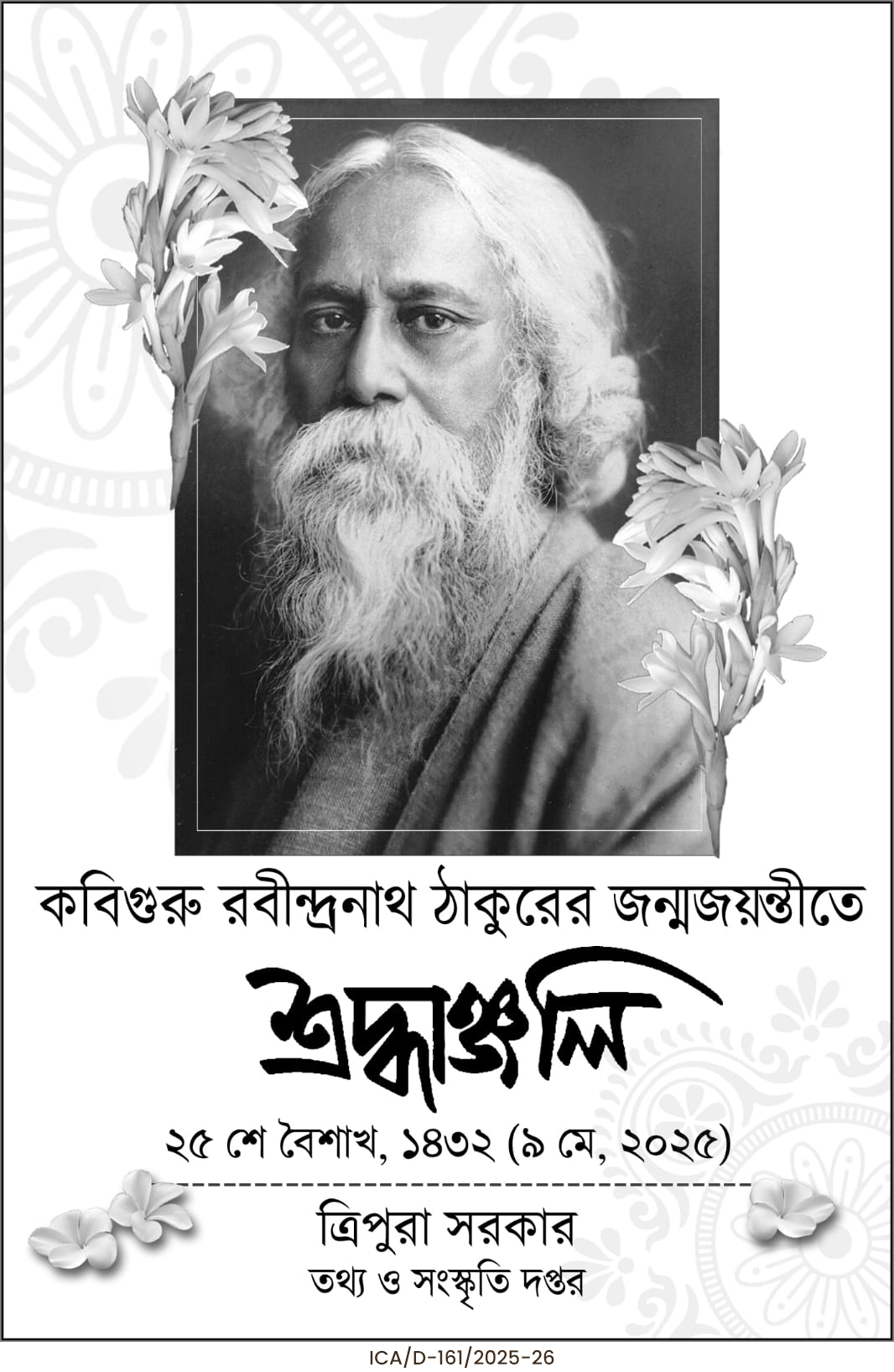Pakistan’s invasion of Kashmir on October 22, 1947, marked the beginning of Pakistan-sponsored terrorism in Jammu and Kashmir, altering the region’s demography, culture, and peace. The day is remembered as Black Day across India to condemn the brutal assault.
The invasion of Jammu and Kashmir by Pakistan on October 22, 1947, stands as one of the darkest chapters in the subcontinent’s history — a day that not only changed the geography of the region but also unleashed a wave of Pakistan-sponsored terrorism that continues to haunt the Valley to this day. The event, commemorated annually as “Black Day”, symbolizes India’s remembrance and condemnation of the violence, displacement, and destruction instigated by Pakistan in Jammu and Kashmir.
According to a detailed report published in PJ Media, Pakistan’s aggression in October 1947 was its first organized military attempt to seize and occupy Jammu and Kashmir. The invasion was carried out under the guise of tribal raids but was, in fact, orchestrated by the Pakistani army and supported by the government in Islamabad. Thousands of Hindus and Sikhs were massacred, and entire communities were forced to flee the region that later came to be known as Pakistan-occupied Kashmir (PoK).
The Genesis of the Attack
Initially, both India and Pakistan had accepted the Maharaja of Jammu and Kashmir’s offer of a standstill agreement to maintain peace and trade continuity. However, on August 24, 1947, Pakistan began pressuring the Maharaja with threats, warning that if Kashmir did not accede to Pakistan, “the gravest possible trouble will inevitably ensue.”
Within two months, those threats materialized. On October 22, 1947, Pakistan launched a full-scale invasion. A combined force of Pashtun tribal militants, aided by Pakistani army regulars, attacked Muzaffarabad, marking the start of the conflict. The J&K State Forces, loyal to the Maharaja, were quickly overwhelmed.
The invading Lashkars then moved toward Mirpur, Uri, and Baramulla, leaving behind a trail of unspeakable atrocities. Reports indicate that over 20,000 Hindus and Sikhs were brutally killed in Mirpur alone on November 25, 1947, with countless others subjected to rape, abduction, and torture. The massacre and forced displacement changed the demographic fabric of Kashmir forever.
Maharaja’s Plea and India’s Intervention
The atrocities compelled Maharaja Hari Singh to sign the Instrument of Accession to India on October 26, 1947, officially integrating Jammu and Kashmir into the Indian Union. Following this, Indian troops were airlifted to Srinagar to repel the Pakistani forces and defend the state.
This invasion laid the foundation for decades of Pakistan-backed militancy and cross-border terrorism, shaping the security landscape of the region for generations. Despite India’s eventual success in defending a large part of Jammu and Kashmir, Pakistan continued to occupy nearly one-third of the territory, now known as Pakistan-occupied Kashmir (PoK).
Ceasefire and Aftermath
A UN-mediated ceasefire came into effect on January 1, 1949, ending the immediate conflict but formalizing the territorial division. The ceasefire left Pakistan in control of a significant portion of the state, while the remainder was incorporated into India. This event later influenced the framing of Article 370 and Article 35A of the Indian Constitution, which granted special status and rights to the residents of Jammu and Kashmir.
Legacy of Violence
The PJ Media report highlights that the Islamization of PoK in the years following the invasion reflected a broader pattern of forced demographic change, religious intolerance, and political manipulation. The violence of 1947 laid the groundwork for an ideological campaign that continues to fuel militancy and separatism.
“The barbaric loot and pillage of 1947 shocked the world,” the report noted, adding that it marked the beginning of Pakistan-sponsored terrorism in J&K, a menace that continues with attacks like the recent Pahalgam terror strike carried out by Lashkar-e-Taiba (LeT), a Pakistan-based internationally designated terror outfit.
October 22: Remembering the Black Day
Every year, October 22 is observed across India as Black Day — a solemn reminder of the atrocities committed during Pakistan’s invasion and a tribute to the thousands who lost their lives in the brutal attack. It serves not only as a historical remembrance but also as a reaffirmation of India’s resolve to fight terrorism in all its forms.
| Also Read: Bangladesh faces Democratic and Secular decline under Yunus Regime |
Seventy-eight years later, the echoes of that invasion still shape the political, cultural, and security dynamics of Jammu and Kashmir. The scars of 1947 remain a chilling testament to how Pakistan’s actions altered the destiny of an entire region — and sowed the seeds of terrorism that persist even today.





